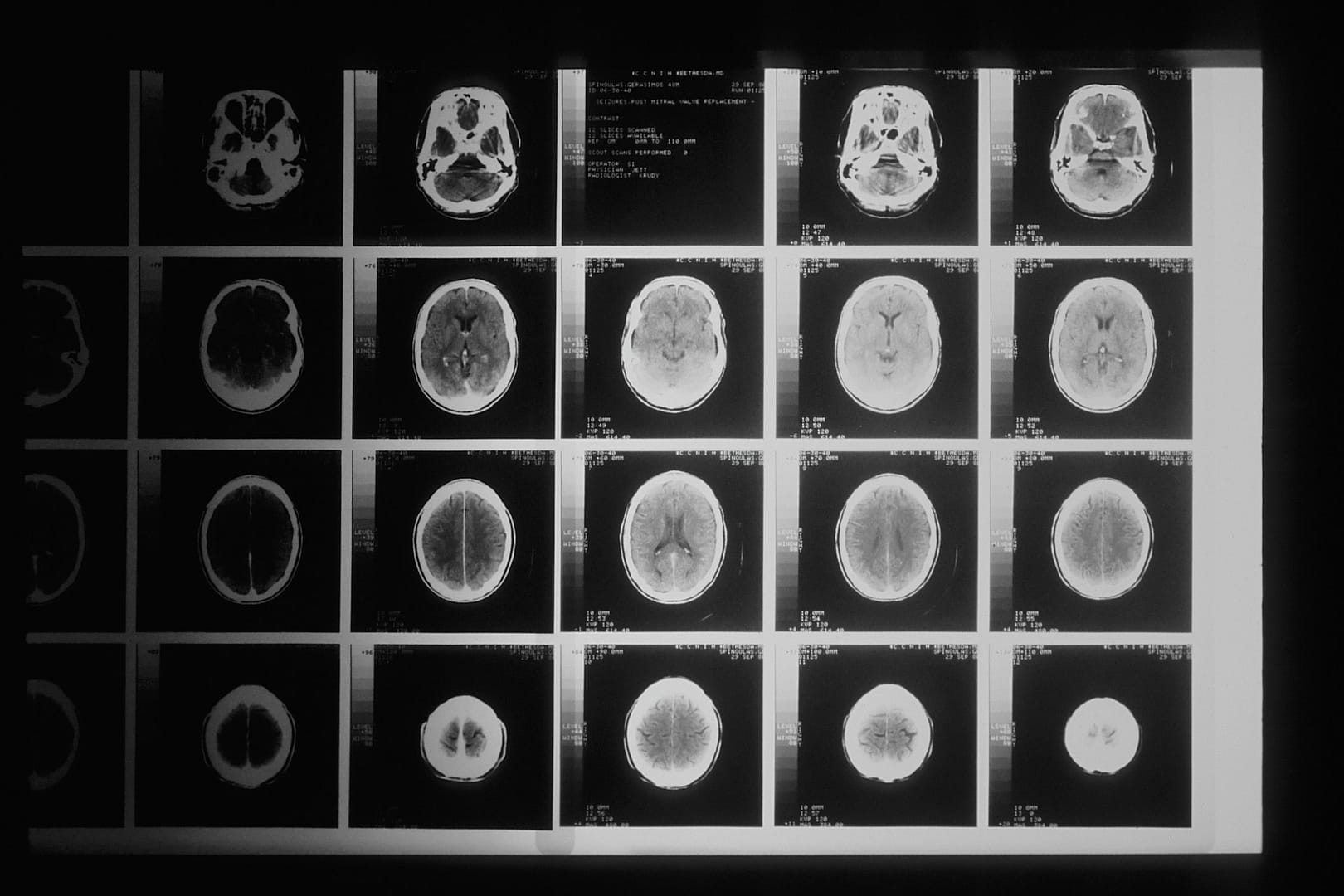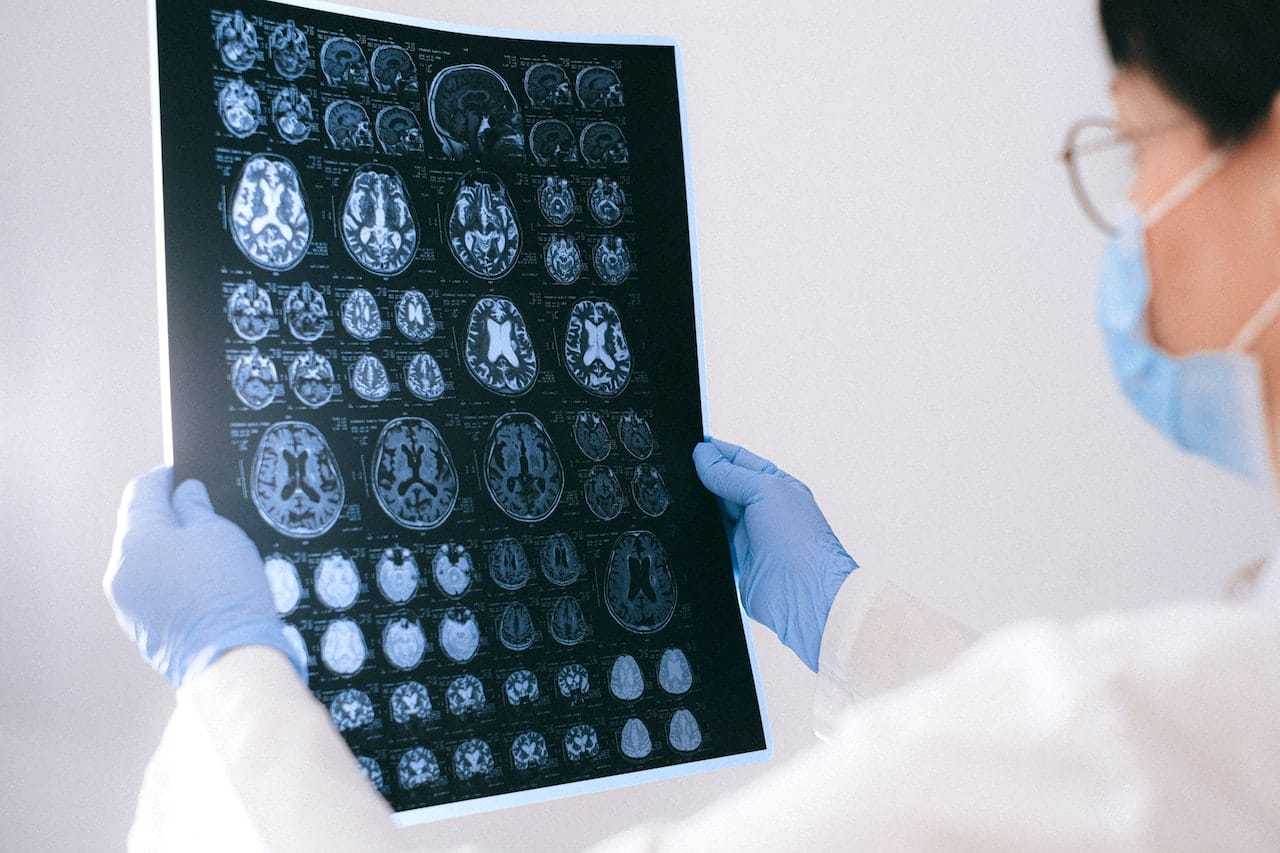Diagnosing brain injuries has always been a perplexing puzzle for medical professionals and researchers alike. The intricacies of the human brain, its delicate nature, and the myriad of possible injury mechanisms create a formidable challenge in accurately identifying and understanding brain injuries. In this article, we delve into the nuances that make diagnosing brain injuries a complex endeavour, exploring why it’s often fraught with difficulties and discussing potential avenues for improvement. We will also delve into how best to make a serious injury claim with us at National Claims.
Unmasking the Complexity: Why is it Difficult to Diagnose a TBI?
Understanding Traumatic Brain Injuries (TBIs)
Traumatic Brain Injuries (TBIs) are a diverse group of injuries that can result from a sudden blow or jolt to the head, disrupting the normal functioning of the brain. These injuries range in severity from mild concussions to severe cases causing long-term cognitive impairment. However, the complexity of the brain’s structure and function makes diagnosing TBIs a formidable task.
The Subtlety of Symptoms
One of the core challenges in diagnosing brain injuries is the subtlety of symptoms. Unlike a visible wound or a broken bone, the effects of a brain injury might not be immediately apparent. Symptoms can vary widely, from mild headaches and dizziness to more severe cognitive impairments, mood changes, and even altered consciousness. These symptoms often overlap with other medical conditions, making it challenging to pinpoint the root cause.
Invisible Damage: The Role of Imaging
While medical imaging technologies like CT scans and MRI have revolutionised diagnostic medicine, they also highlight the complexity of brain injury diagnosis. While they can detect visible structural damage, they might not capture the full extent of microscopic injuries at the cellular level. For instance, a person might experience cognitive deficits due to axonal damage, which might not show up on traditional imaging. This invisibility of subtle damage poses a significant hurdle.
The Time Factor
In the realm of brain injuries, time is of the essence. Swift intervention can significantly impact recovery outcomes. However, the symptoms of a brain injury might not manifest immediately after the traumatic event. This delayed onset of symptoms could lead to delayed diagnosis and treatment, potentially exacerbating the effects of the injury. Medical professionals often have to rely on their clinical judgement and knowledge to connect the dots between the event and the symptoms, which is no easy feat.
Individual Variability
Each individual’s brain is unique in terms of structure and function. This variability adds another layer of complexity to diagnosing brain injuries. What might be a significant deviation from the norm in one person’s brain could be entirely normal in another. This individual variability challenges the establishment of universal diagnostic criteria and complicates the identification of abnormalities.
Quest for Clarity: What is the Best Diagnostic Test for Brain Injury?
The Role of Clinical Assessment
In the absence of a single foolproof diagnostic test for brain injuries, medical professionals often rely on a combination of methods for assessment. Clinical evaluation plays a vital role, where doctors collect information about the patient’s medical history, the circumstances surrounding the injury, and the presenting symptoms. While this approach is invaluable in building a comprehensive picture, it might not provide definitive answers in cases of subtle or complex injuries.
Neuroimaging Techniques
Advanced neuroimaging techniques, such as CT scans and MRIs, are frequently employed to visualise the brain’s structure and detect visible abnormalities like bleeding, swelling, or fractures. These technologies have undoubtedly improved diagnostic capabilities, allowing medical professionals to make informed decisions. However, as mentioned earlier, they might miss microscopic damage that doesn’t manifest on a structural level.
Emerging Biomarkers
The pursuit of more accurate brain injury diagnosis has led researchers to explore the realm of biomarkers—molecules or substances that indicate the presence of an injury. Biomarkers could provide insights into the extent and type of brain injury, enabling timely interventions. Biomarkers like S100B protein and glial fibrillary acidic protein (GFAP) have shown promise in indicating brain injury severity, but their use is still under investigation and validation.
Advanced Imaging: Diffusion Tensor Imaging (DTI)
One emerging technology that holds promise for diagnosing brain injuries is Diffusion Tensor Imaging (DTI). DTI is a specialised MRI technique that maps the movement of water molecules in brain tissues. This can help visualise the integrity of white matter tracts, allowing for the detection of subtle axonal injuries that might not be visible through traditional imaging methods. DTI’s potential to reveal microstructural damage could be a game-changer in the field.

Making a Serious Injury Claim
Navigating the realm of brain injury diagnosis doesn’t just entail medical challenges—it often intersects with legal and financial considerations. Making a serious injury claim following a brain injury diagnosis can be a complex process. The difficulties in diagnosing brain injuries can translate into challenges when it comes to proving the extent of the injury and its impact on a person’s life. We at National Claims specialise in personal injury claims and our claims specialists will be able to walk you through the claims process.
The Road Ahead: Navigating Challenges and Embracing Innovations
Diagnosing brain injuries will likely continue to be a complex and multifaceted challenge. However, ongoing research and technological advancements offer a glimmer of hope in improving diagnostic accuracy and timeliness. As our understanding of the brain’s intricacies deepens and our diagnostic tools become more refined, medical professionals will be better equipped to navigate the diagnostic landscape.
In the meantime, it’s crucial to acknowledge the limitations of current diagnostic methods and to approach each case with a holistic perspective. The collaboration between medical professionals, researchers, and technology developers will be pivotal in driving progress in brain injury diagnosis.
Conclusion
In conclusion, troubles with diagnosing brain injuries are deeply rooted in the complexity of the human brain, the subtle nature of symptoms, the limitations of imaging technologies, and the individual variability among patients. While the diagnostic journey might be challenging, it’s a journey worth undertaking to ensure that individuals with brain injuries receive the timely and accurate care they deserve. Through a combination of clinical assessment, advanced imaging techniques, biomarker research, and emerging technologies like DTI, the medical community is poised to unlock new frontiers in brain injury diagnosis. As we continue to unravel the mysteries of the brain, we inch closer to a future where diagnosing brain injuries becomes a more manageable task, offering hope and healing to countless individuals around the world.
Start your claim with us today by contacting us and speaking to one of our knowledgeable claims specialists.
Click below to see why we are one of the most trusted claims management companies in the UK.

We’re proud of our excellent customer reviews
We thrive on delivering exceptional service and ensuring our clients’ satisfaction. Don’t just take our word for it. Check out some of our independent reviews to see what our clients have to say.
Excellent

This firm is excellent, they sorted out my car pay out and injury claim very fast, they always communicate with you all the time.

My accident case was dealt with confidence and with great result of the outcome, especially James kept me informed all the time.

I was very impressed at the way my inquiry was treated. I was listened to attentively and everything I needed to know was explained to me.






